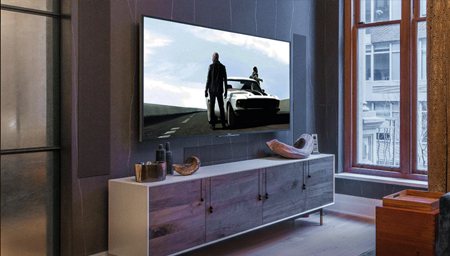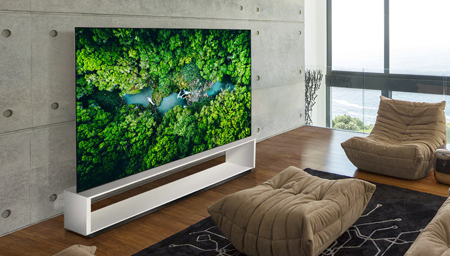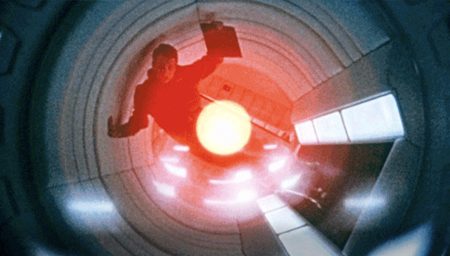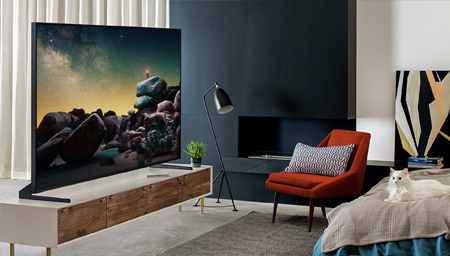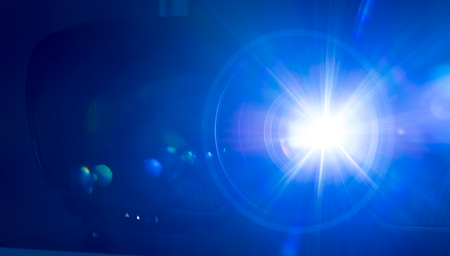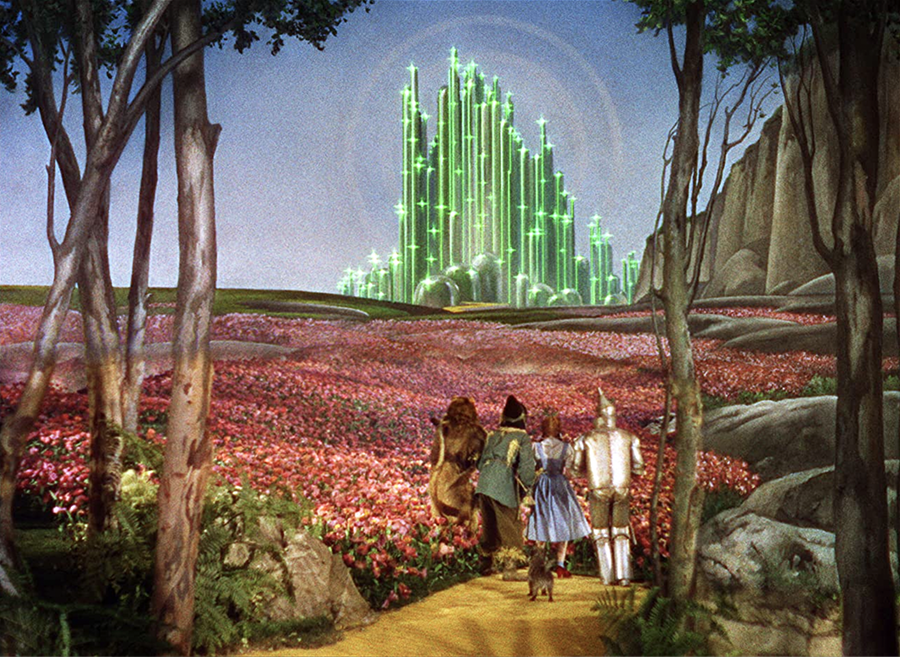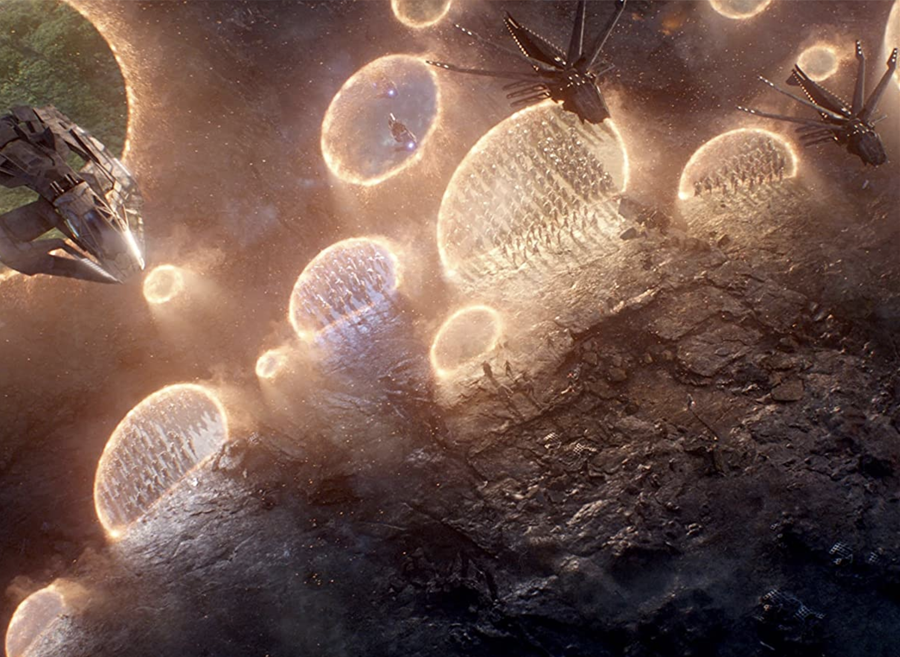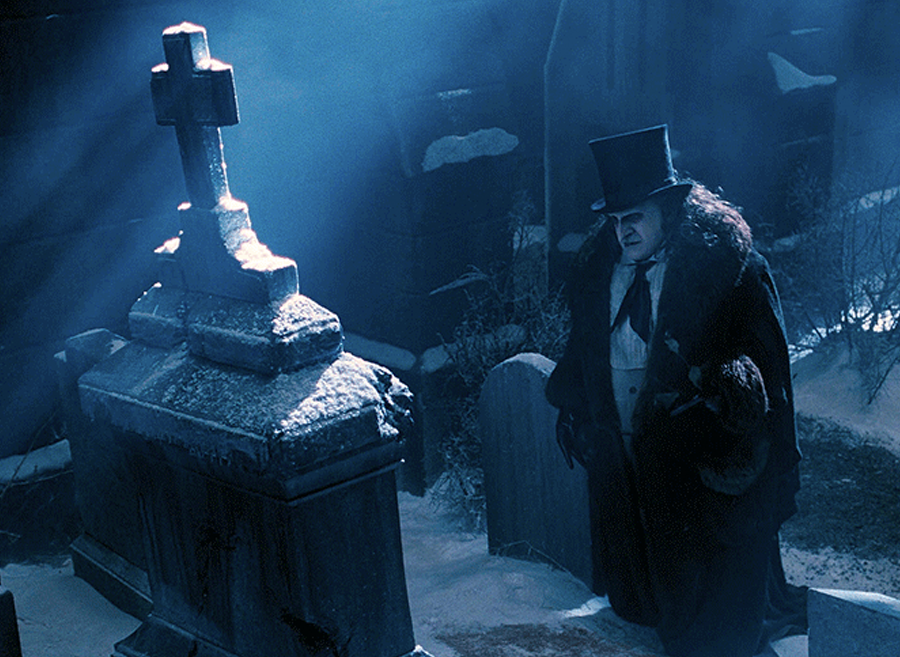
Cineluxe Basics | HDR
Having HDR gear & content is key to having a better-than-movie-theater experience at home
by Dennis Burger
updated May 30, 2023
Odds are good you’ve come across the term “HDR” when considering a TV or looking at a movie listing or just in conversation. And, without any context, it might seem like just another ubiquitous buzz word, like “1080p” a few years ago. But not since the transition from analog to digital video in the late ‘90s/early ‘00s have we had a home video technology this legitimately transformative. HDR (or “high dynamic range”) is worth paying attention to—and seeking out—because it makes it possible, for the first time, to have an indisputably better-than-movie-theater experience in your home.
Thanks to HDR, video transfers of movies can now reproduce the range and subtlety of colors found on 35mm film, resulting in images with much more depth and dimension than ever before. So if you have a choice between an HDR and non-HDR version of the same film (or TV show or game), opt for HDR. And make sure all the gear in your home cinema is HDR-capable.
But why? Well, without diving too deeply into the technology, here’s a quick explanation of what HDR does, as well as some real-world examples of the differences it can make in your viewing experience.
What is HDR & why does it matter?
HDR displays are upwards of 10 times as bright as our old HDTVs, and HDR movies are mastered with peak brightness up to 40 times brighter than a Blu-ray disc or HD stream. But the truth is that such extremes of brightness are usually sporadic and fleeting, and are almost always limited to a small section of the screen, not the entire image. Arguably a bigger advantage is that HDR provides from four times the shades of gray between pure black and pure white as well as 64 times as many unique colors as older home video standards were capable of recreating.
To put that in context, remember the old 64-pack of crayons that made you the envy of all the school kids whose parents would only buy them the basic 16-pack? Imagine instead if you’d had 1,024 crayons in your school satchel instead. (If you want to get technical—and more accurate—HD video was limited to ~16.8 million colors, whereas HDR unlocks a palette of nearly 1.1 billion different shades. But numbers that large are almost impossible to wrap your brain around.)
That may seem excessive, especially if you think of the sky as one color, blue. But in fact, there’s near-infinite variation in the shades of blue as you look straight up and then let your eyes drift toward the horizon. With older home video standards—even Blu-ray—you could only have 256 possible shades of blue; with HDR, you have 1,024, which means you’re far less likely to see the stripy transitions between one subtle shade and its neighbor—a video artifact known as “banding.”
Having more steps between the darker and lighter parts of the image also means HDR has a lot more breathing room in the shadows, so details and textures don’t get lost. That makes nighttime scenes and darker interiors much easier on the eyes, since the folks fiddling with the knobs in the mastering suite don’t have to make the hard choice between overly brightening a scene or having key elements of the image lost in a puddle of inky black.
See the difference for yourself
It’s one thing to talk hypotheticals, it’s another to actually see the difference between a film released in SDR (standard dynamic range, the term retroactively applied to all video formats before the advent of HDR) and one in HDR.
The Wizard of Oz
If you want to see the benefits yourself, by far my favorite HDR demo is The Wizard of Oz. Unlike older home video releases, which cranked the saturation of literally every color on the screen just to ensure that the Wicked Witch’s green skin and Dorothy’s ruby slippers reached proper intensity, the expanded color palette of HDR allows those elements to pop while also leaving enough crayons in the box to render the subtle pastels of the Lullaby League. It wasn’t until I saw Oz projected in 35mm that I first realized how much nuance there is in its palette. HDR recreates that in a way older home video technologies never could.
Avengers: Endgame
Another great example—and one that’s a good bit more modern—is the final battle in Avengers: Endgame, where Doctor Strange opens up teleportation portals in the midst of a climactic throwdown with cosmic baddie Thanos so his reign of terror can finally be put to an end. Here, the impact of HDR is almost as much emotional as it is aesthetic. In HD (indeed, even in 4K without the benefit of HDR), it’s a moving and emotional battle sequence. But once you add HDR10 or Dolby Vision to the equation (those being the two main flavors of HDR), you start to feel less like a passive viewer and more like a part of the scene. The blinding edges of Strange’s teleportation portals don’t merely light up the screen, they light up your room. The last rays of sunlight flirting with the horizon don’t merely highlight the actors, they constrict your pupils. HDR literally triggers a physiological reaction that makes this epic battle feel . . . well, perhaps “real” is the wrong word, but certainly more believable.
Batman Returns
A 4K HDR release that surpasses even the best commercial cinema experience is Tim Burton’s Batman Returns. It’s important to remember that in the era of 35mm projection, the film you were watching was at least a second-generation copy of the original negative. Better HDR masters are scanned straight from the negative. So, in the case of the second Michael Keaton Batman flick, you can see shadow detail and depth in the models and matte paintings representing the streets and sewers of Gotham City that I know for a fact weren’t evident in the film’s original big-screen release.
If you want to do more exploring on your own, a great place to start is our Cineluxe list of 4K HDR Essentials, in which we’ve handpicked a dozen home video releases that highlight the very best of what HDR is capable of.
Dennis Burger is an avid Star Wars scholar, Tolkien fanatic, and Corvette enthusiast who somehow also manages to find time for technological passions including high-end audio, home automation, and video gaming. He lives in the armpit of Alabama with his wife Bethany and their four-legged child Bruno, a 75-pound American Staffordshire Terrier who thinks he’s a Pomeranian.
© 2025 Cineluxe LLC


